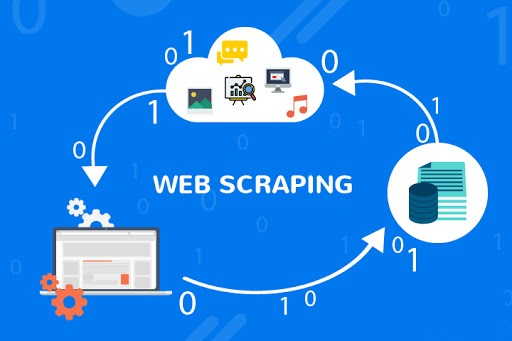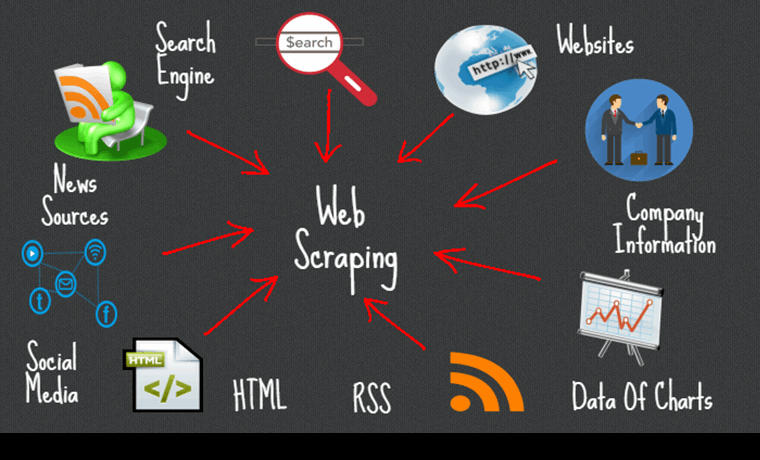When it comes to having a successful business, industry competition is one of the core elements that lead to the fall and rise of any business. So, doing whatever is possible to gain a competitive edge over companies in an industry should be an ever-constant goal.
Before people can make strides in their industry, they first have to analyze the industry to see how to put their own business in the best position possible to succeed.
One of the best ways to go about industry analysis involves web scraping. It is a technique that is extraordinarily helpful in many ways, and this is because people can use it to gather data. While this may sound only moderately useful, it’s possible to see the utility web scraping provides when one thinks about how many different uses data can have.

Where to Start Web Scraping
Once someone has a grasp of how web scraping works and is ready to give it a try, they’ll want to first ask two things: Where should I start web scraping, and what should I scrape?
They are fair questions, and answering them might seem daunting to someone working in an industry that has a lot of companies, but the actual reality is that the more companies, the better.
Where to Scrape
When a company starts web scraping, they should view the industry as a pool full of fish, and the bigger the industry, the more fish they’ll be able to potentially catch.
The scraped businesses can also vary in how closely they relate to one’s company. For example, instead of simply web scraping a UX design company that offers the same services as you, you might prefer to scrape a UX design company that provides the same services and operates in the same region as you.
That way, people know they’re competing for the same customer base, and the data that is scraped will be more insightful as a result.
Of course, because companies in the UX industry can do work for anyone from anywhere, most people probably will not need to be too specific about company locations. The primary focus should just be on scraping companies that do similar work to one’s own business.
What to Scrape
So, once someone chooses one or two websites to start scraping, they need to figure out what information they want to scrape.
While web scraping is made to gather lots of data at once, it does not matter if someone scrapes a little or a lot of data. The main goal is to scrape information that will benefit the business in the most significant ways possible. Essentially, think quality over quantity.
Arguably the most challenging part of the whole process is knowing what exactly to scrape. However, the difficulty with this part will largely depend on one’s own knowledge of the UX industry.
To see what kinds of UX designs are currently popular, scraping other UX development companies is a good starting point. Not only will this show what kinds of design work they offer, but it may also show information on work they did for clients through testimonials and other data sources.
Putting Web Scraping Into Practice to Boost Your Industry Analysis
After learning the basic tactics of implementing web scraping into industry analysis skills, it’s time to start learning how to be more competitive and improve a business’s ability to outshine the competition.
However, remember that this is not a process where one can see the effects overnight because it involves multiple steps. The first step is to figure out what UX design companies to scrape for data, figure out what data to scrape, determine how the information in that data translates to the company in its current state, and then develop ways to innovate off that data.
Only after all those steps will results trickle in, so remember to have patience, as seeing the process through will be worth the reward at the end!

